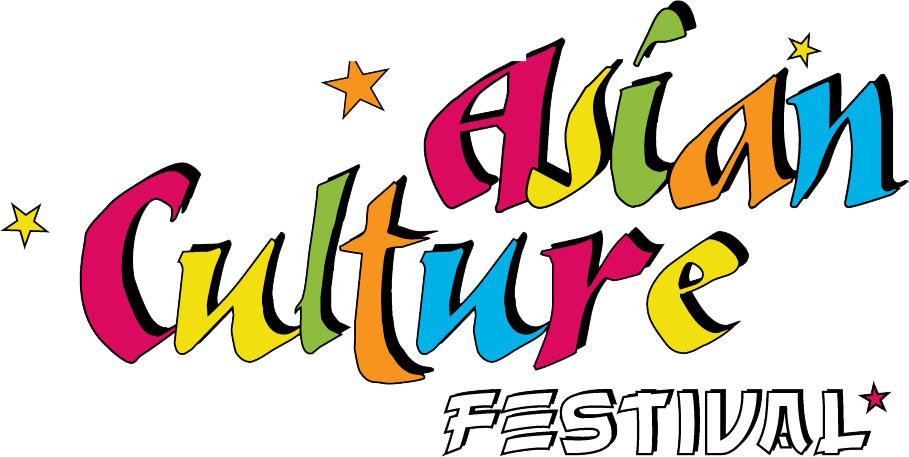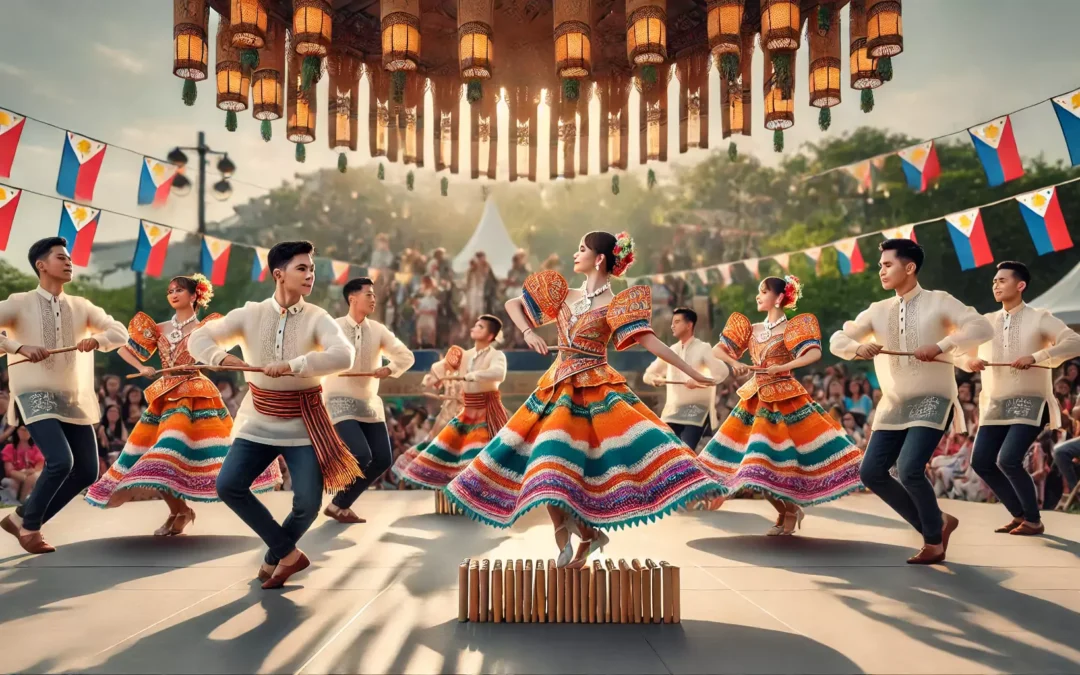Experience the rhythmic grace and rich cultural heritage of the Philippines’ Traditional Dance at the 34th Annual Asian Culture Festival! These captivating performances reflect the country’s diverse history, blending indigenous, Spanish, and Southeast Asian influences into a celebration of artistry, community, and storytelling.
What is Traditional Philippine Dance?
Philippine traditional dances are as diverse as the archipelago itself, with each region offering unique styles that honor history, nature, and local customs. Some of the most well-loved dances include:
- Tinikling: Known as the “National Dance of the Philippines,” Tinikling involves dancers skillfully stepping between bamboo poles rhythmically clapped together, mimicking the movement of tikling birds.
- Singkil: A royal Maranao dance featuring intricate steps and storytelling using bamboo poles, colorful fans, and ornamental costumes.
- Pandanggo sa Ilaw: A graceful dance where performers balance oil lamps on their heads and hands, symbolizing poise and resilience.
Each dance showcases the artistry and traditions passed down through generations, preserving the cultural identity of the Philippines.
What to Expect from the Performance
At the Asian Culture Festival, the traditional Philippine dance performance will be a vivid display of color, rhythm, and energy. Performers dressed in traditional attire such as:
- Baro’t Saya: The elegant national dress for women, featuring colorful skirts and intricate embroidery.
- Barong Tagalog: A lightweight embroidered shirt for men, symbolizing formal and cultural pride.
Accompanied by live music played on traditional instruments like the kulintang (a set of gongs) and bamboo flutes, the dancers will bring to life the beauty and storytelling of these cherished dances. Expect energetic bamboo pole sequences, delicate hand movements, and graceful footwork that leave the audience in awe.
The Cultural Significance
Philippine traditional dance is more than entertainment—it’s a tribute to the resilience, creativity, and spirit of the Filipino people. Each movement, costume, and rhythm carries deep meaning, from honoring the natural world to recounting historical tales of courtship and community.
Why You Should See This Performance
The Philippine traditional dance performance is a must-see highlight of the festival. Whether it’s the dynamic energy of Tinikling, the royal elegance of Singkil, or the gentle beauty of Pandanggo sa Ilaw, these dances offer a glimpse into the vibrant culture of the Philippines.
Buy your tickets now to the 34th Annual Asian Culture Festival and celebrate the artistry, heritage, and spirit of the Philippines. Let the rhythm and colors of traditional dance transport you to the heart of Filipino culture!

